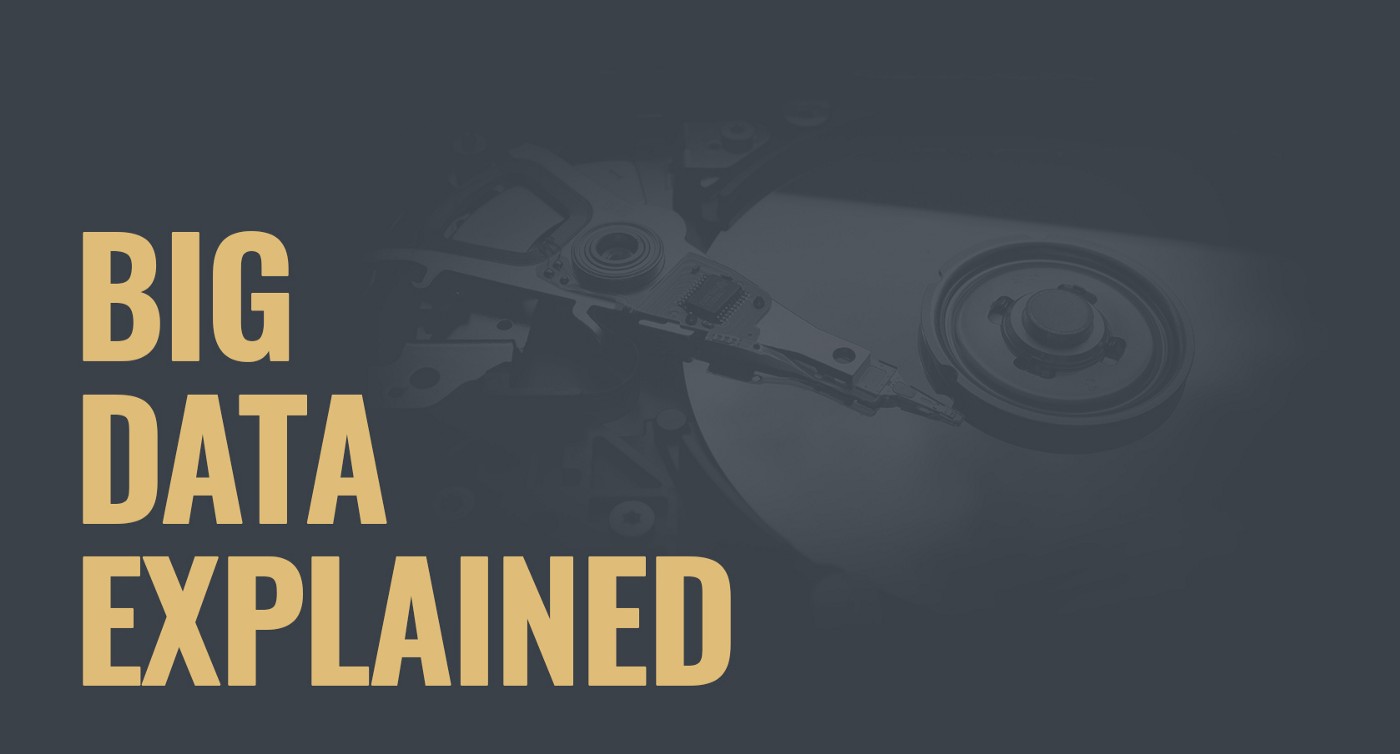Big Data Explained
Category: About

The technology world is overloaded with different complex terms, which understanding is essential when living in the modern digital environment.
“Big data” term describes the vast volumes of data( structured and unstructured) which is essential for the business on a day-to-day basis. However, it’s not the amount of data that’s important. Instead, it’s what different companies and organizations do with the data that really matters.
How exactly can the Big data be useful? Making analytics for insights that lead to better decisions and strategic business moves.
The history glimpse
Of course, the term “big data” may be relatively new, but gathering and storing large amounts of information for its analysis is old as dirt. The concept gained momentum in the early 2000s when industry analyst Doug Laney articulated the now-mainstream definition of big data as the three V:
Volume. Organizations collect data from a variety of sources, including business transactions, social media, and information from sensor or machine-to-machine data. In the past, storing it would’ve been a problem — but new technologies (such as Hadoop) have eased the burden.Velocity. Data streams in at an unprecedented speed and must be dealt with promptly. RFID tags, sensors, and smart metering are driving the need to deal with torrents of data in near-real time.
Variety. Data comes in all types of formats — from structured, numeric data in traditional databases to unstructured text documents, email, video, audio, stock ticker data and financial transactions.
Variability. In addition to the increasing velocities and varieties of data, data flows can be highly inconsistent with periodic peaks. Is something trending in social media? Daily, seasonal and event-triggered peak data loads can be challenging to manage. Even more so with unstructured data.
Moreover, today’s data comes from multiple sources, which makes it difficult to link, match, cleanse and transform data across systems. However, it’s necessary to connect and correlate relationships, hierarchies and multiple data linkages or your data can quickly spiral out of control.
The future horizons
However, the amount of data that’s being created and stored on a global level is almost inconceivable, and it just keeps growing. That means there’s even more potential to glean key insights from business information — yet only a small percentage of data is actually analyzed. What does that mean for businesses? How can they make better use of the raw information that flows into their organizations every day?
The use cases
So, what makes the big data use so important? The data from any source can be taken to analyze and acquire information for: 1) cost reductions, 2) time reductions, 3) new product development and optimized offerings, and 4) smart decision making.
When comparing the big data with high-powered analytics, the business-related tasks can be accomplished such as:
* Determining root causes of failures, issues, and defects in near-real time.* Generating coupons at the point of sale based on the customer’s buying habits.* Recalculating entire risk portfolios in minutes.* Detecting fraudulent behavior before it affects your organization.
We keep you well informed about modern technologies and new trends in the next publications. Stay tuned!
Recent news
-
Q-Bits Explained — Part 1
13 Aug 2018
-
Quantum technology — a future without fakes
08 Aug 2018
-
Future of the quantum computing
06 Aug 2018
-
Atoms Entanglement drives the quantum future closer
03 Aug 2018
